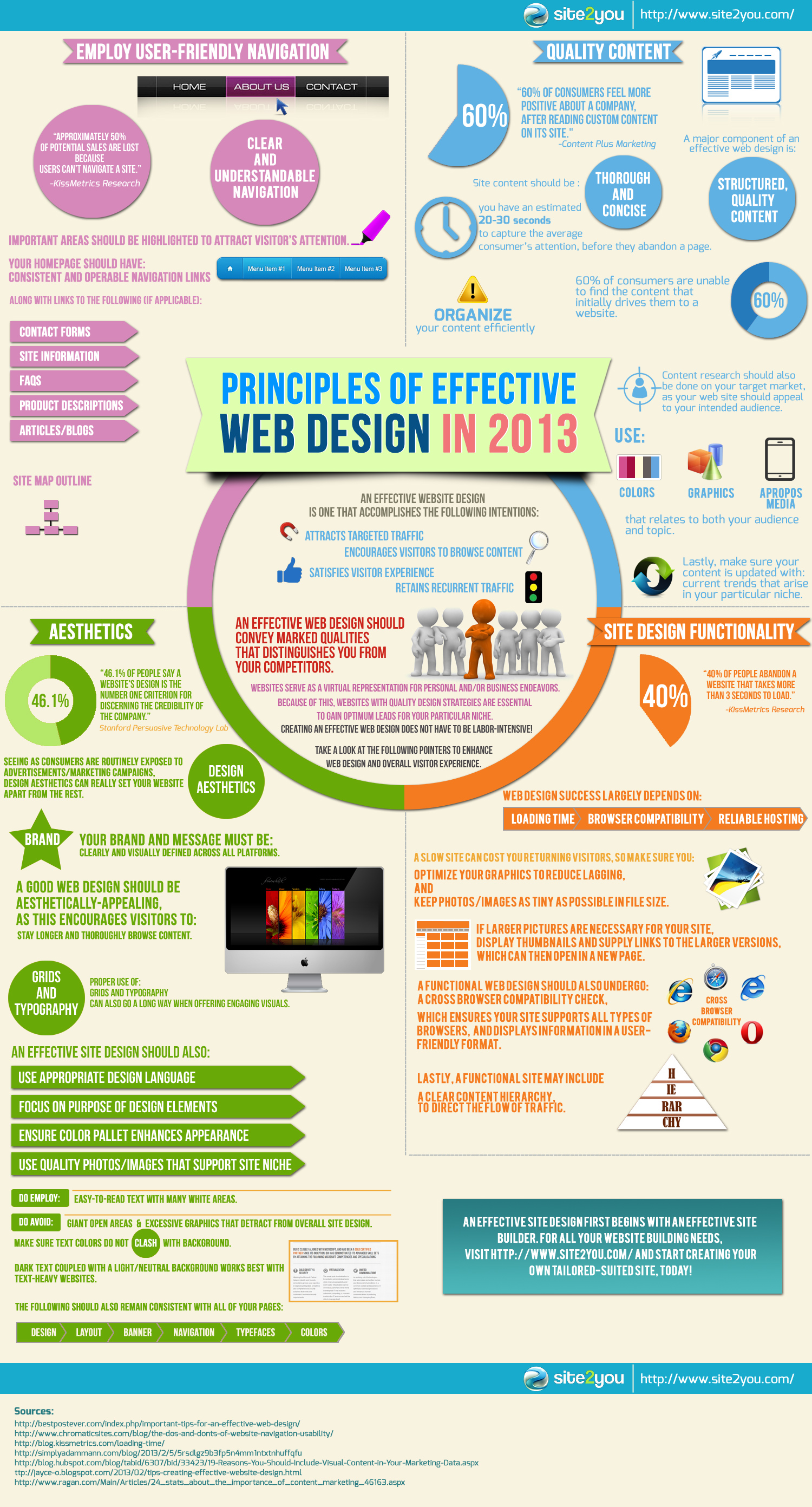Intrigued In Discovering How Web Site Layout Has Transformed Over The Years? Explore The Trip
Intrigued In Discovering How Web Site Layout Has Transformed Over The Years? Explore The Trip
Blog Article
Posted By-Pappas Bojesen
In the past, sites were easy and focused on info. Navigation was direct, and layout was for desktops. Now, user experience is vital. Data guides styles for easy navigation. Receptive formats suit different gadgets. Today, dark mode decreases strain, and minimal food selections boost navigation. Interactive features involve customers, and strong visuals stick out. AI integration enhances engagement. See exactly how design has actually advanced to boost your online journey.
Very Early Days of Web Design
In the early days of web design, simpleness preponderated. Web sites were standard, with restricted colors, typefaces, and designs. The emphasis was on offering information rather than showy visuals. Users accessed the web through slow-moving dial-up connections, so speed and functionality were crucial.
Navigation food selections were straightforward, usually located at the top or side of the page. Web sites were designed for desktop computers, as mobile browsing wasn't yet widespread. https://www.searchenginejournal.com/retail-seo-priorities/436115/ was king, and developers prioritized easy readability over complex design aspects.
ada digital accessibility requirements was the key coding language utilized, and designers needed to work within its constraints. Computer animations and interactive functions were minimal contrasted to today's criteria. Internet sites were fixed, with little dynamic material or tailored user experiences.
Surge of User-Focused Style
With the development of site layout, a change towards user-focused design concepts has actually ended up being significantly prominent. Today, developing websites that prioritize user experience is essential for engaging visitors and attaining company objectives. User-focused design includes recognizing the needs, choices, and behaviors of your target market to customize the site's design, material, and features accordingly.
Designers currently conduct complete research study, such as individual studies and functionality screening, to gather understandings and comments directly from users. This data-driven strategy assists in creating user-friendly navigating, clear calls-to-action, and visually enticing interfaces that resonate with site visitors. By placing the user at the facility of the style procedure, web sites can deliver an extra individualized and enjoyable experience.
Receptive style has also emerged as a vital facet of user-focused layout, guaranteeing that websites are maximized for different gadgets and screen dimensions. This flexibility enhances ease of access and functionality, accommodating the diverse methods individuals interact with internet sites today. In essence, the increase of user-focused layout indicates a shift towards creating digital experiences that focus on the requirements and assumptions of completion individual.
Modern Trends in Web Design
Check out the most up to date patterns shaping website design today. One popular fad is dark mode design, supplying a smooth and modern-day look while decreasing eye stress in low-light environments. An additional crucial trend is minimalist navigation, streamlining menus and enhancing user experience by focusing on essential elements. Incorporating micro-interactions, such as animated switches or scrolling impacts, can develop a more engaging and interactive site. Receptive layout stays critical, guaranteeing smooth customer experiences across various devices. Furthermore, using strong typography and asymmetrical formats can include visual interest and accentuate specific web content.
Incorporating AI technology, like chatbots for consumer assistance or customized recommendations, enhances user interaction and enhances procedures. Ease of access has additionally become a considerable trend, with developers focusing on inclusive design practices to deal with varied user demands. Embracing sustainability by optimizing site efficiency for speed and performance is another arising trend in web design. Working together with customer feedback and data analytics to repeat and enhance design continuously is vital for remaining relevant in the ever-evolving digital landscape. By accepting these contemporary trends, you can develop a visually attractive, easy to use site that resonates with your audience.
Conclusion
As you review the development of web site style from the early days to currently, you can see exactly how user-focused layout has actually ended up being the driving force behind modern-day trends.
Welcome the trip of modification and adjustment in website design, constantly keeping the customer experience at the center.
Keep present with the current fads and technologies, and never quit advancing your technique to produce visually stunning and straightforward internet sites.
Evolve, adjust, and produce - the future of website design remains in your hands.
